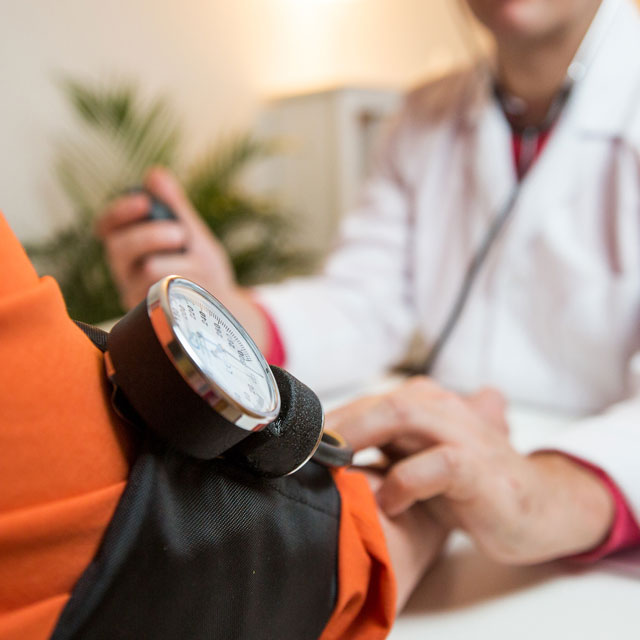Confusion? Slurred speech? Numbness? Here’s how to identify stroke symptoms — and what to do if someone is having a stroke.
Stroke is the sixth leading cause of death in Tennessee, with nearly 4,000 lives lost in 2022 alone, according to the U.S. Centers for Disease Control and Prevention. But as one of the leading causes of disability in the U.S., the number of lives this dangerous condition affects is so much higher.
“A stroke occurs when a blood vessel that carries oxygen and nutrients to the brain is either blocked by a clot or bursts,” said Dr. Jillian Berkman, a stroke neurologist with Vanderbilt Neurology. “When that happens, part of the brain cannot get the oxygen it needs, which causes brain cells to die.”
Understanding the types of stroke
Stroke can be caused either by a clot obstructing the flow of blood to the brain (an ischemic stroke) or by a blood vessel rupturing and preventing blood flow to the brain (a hemorrhagic stroke). Occasionally, the cause of a stroke can’t be determined — this is known as a cryptogenic stroke. A TIA (transient ischemic attack), or “mini stroke,” is caused by a temporary clot, and does not leave a lasting mark on the brain.
“TIAs occur when a blood clot blocks an artery for a short time, and they can be a valuable warning sign — about 12% of all strokes are preceded by TIAs,” Berkman said. “The symptoms of a TIA are the same as those of a stroke, but they usually last only a few minutes. No matter how quickly it passes, it is still important to call 911 or seek emergency medical attention immediately.”
How to help someone having a stroke
With stroke treatment, time is truly of the essence. Patients who receive one key treatment, the clot-busting drug t-PA (tissue plasminogen activator), also known as tenecteplase, are at least 55 percent more likely to leave the hospital after three months with little to no disability, Berkman said. The catch: t-PA/tenecteplase must be administered within 4.5 hours of the start of stroke symptoms, and the American Stroke Association estimates only 3 percent to 5 percent of stroke patients reach the hospital within that time frame.
Being prepared could save lives. Identify stroke symptoms using the F.A.S.T. acronym.
- Face: Does one side of the face droop?
- Arm: Is one arm or leg weak or numb?
- Speech: Is speech slurred, strange or difficult to understand?
- Time: If you observe any of these signs, call 911 immediately.
“Stroke treatment begins in the ambulance, so even if you do nothing else, calling 911 right away could be the difference between a full recovery or having lasting effects from your stroke,” Berkman said.
In addition to calling for medical help immediately, it’s important to monitor the person having a stroke until the ambulance arrives.
Keep in mind that stroke often comes on quickly and without warning. While some people report a sudden headache at the onset of symptoms, many others have no pain whatsoever.
“Regardless of pain, if you see someone exhibiting the symptoms of a stroke, it is best to always err on the side of safety and call 911,” Berkman said.

Personalized care for strokes
The Vanderbilt Stroke Center is one of only six certified Comprehensive Stroke Centers in Tennessee accredited by The Joint Commission. Vanderbilt’s program also has received the highest quality and achievement awards from the American Stroke Association. These designations recognize the advanced care Vanderbilt provides for treating the most complex stroke and cerebrovascular diseases.

